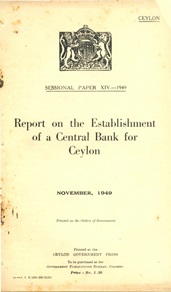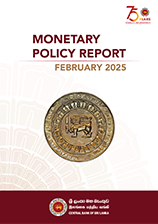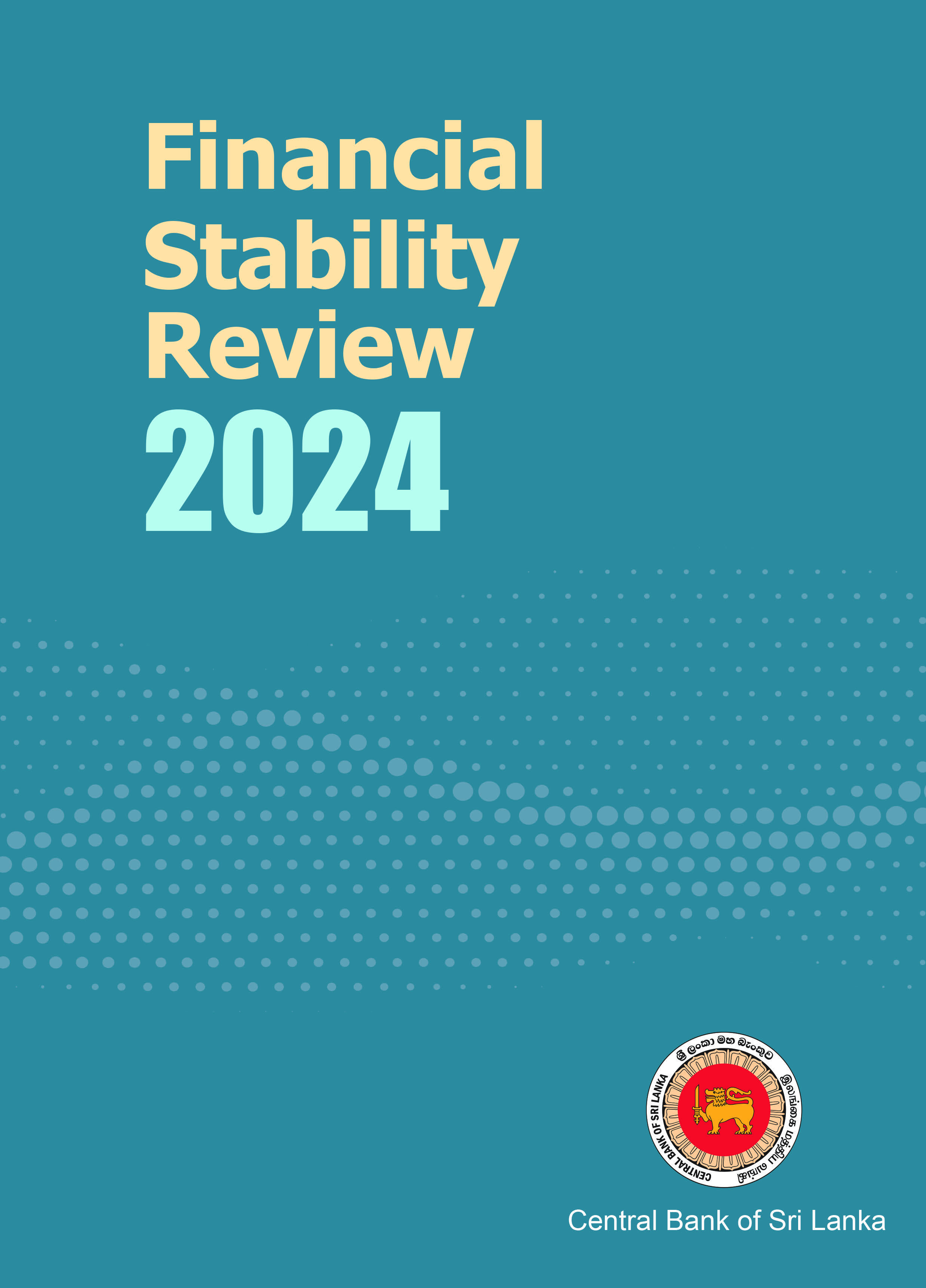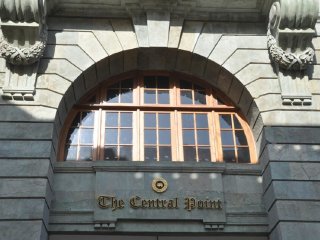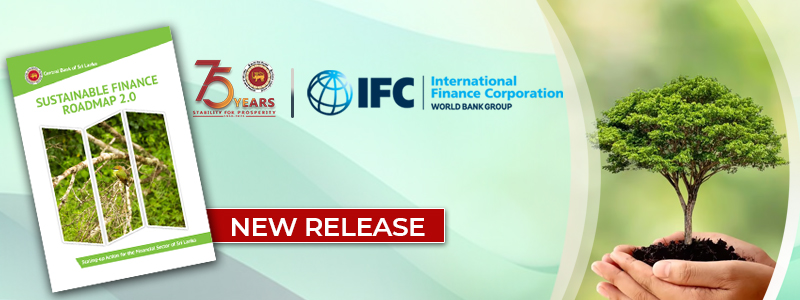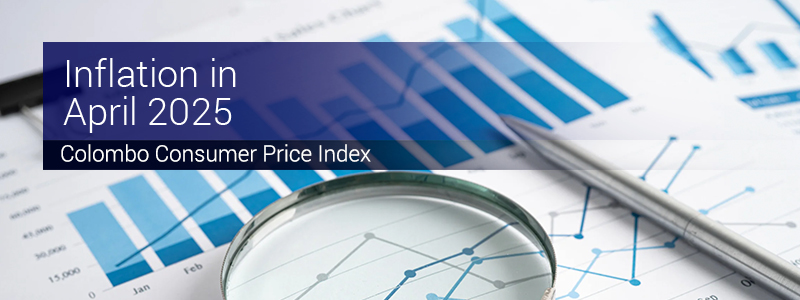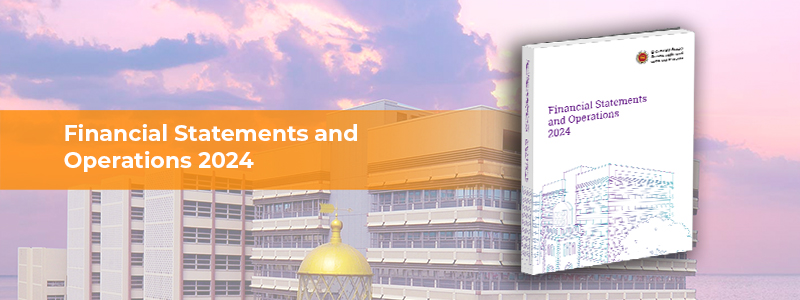Headline inflation as measured by the year-on-year (Y-o-Y) change in the Colombo Consumer Price Index (CCPI, 2013=100) increased to 5.7 per cent in January 2020 from 4.8 per cent in December 2019. This was driven by monthly increase of prices of items in both Food and Non-food categories. Food inflation (Y-o-Y) increased substantially to a 25-month high of 12.4 per cent in January 2020 from 6.3 per cent in December 2019, while Non-food inflation (Y-o-Y) stood at 2.9 per cent.
The change in the CCPI measured on an annual average basis increased marginally to 4.5 per cent in January 2020 from 4.3 per cent in December 2019.
Monthly change of CCPI recorded at 1.7 per cent in January 2020 and it was due to the price increases observed in the items of both Food and Non-food categories.







